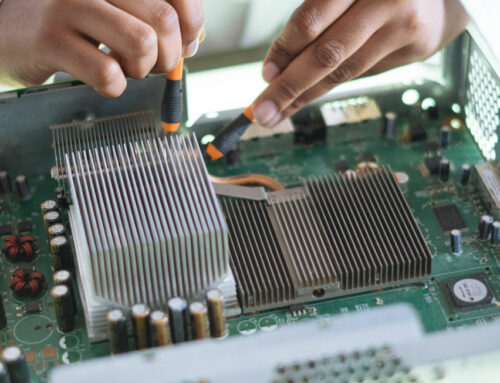Your network has grown beyond the point where non-stacking switches don’t make sense anymore. You need a lot of ports, and managing all of those switches individually is getting to be too cumbersome and time-consuming.
You’re now looking at investing in one of two options: either stacking switches or a chassis solution. Both will give you the benefits of a lot of ports combined with the convenience of managing one device (or multiple devices as if they are one). Each has its pros and cons. Below are some top considerations to help make your decision.
Initial investment vs. ongoing costs: Price is going to be the first thing that most network managers will consider when evaluating their options. A chassis solution will involve a larger up-front investment. If that prices you out from the start, then your decision may be made pretty quickly.
However, as with any technology investment, up-front price must be weighed against longer-term factors. A chassis will usually have a longer lifespan than a switching model, so you may avoid costs in the future.
The chassis will also be generally more reliable and power efficient, so over time you may save on maintenance and power. Take a look at your budget, and weigh the advantages of spending more now or more later.
Space: If space is an issue, a stack could have a smaller footprint. A stack of switches won’t waste any space, where as a chassis system that isn’t being used to it’s full capacity will take up more space than it needs to in your rack.
As with price, this may determine your better choice pretty quickly if you don’t have a lot of space flexibility.
Port count: Both a chassis and a stack are designed to give you a lot of ports while enjoying the convenience of managing one (or virtually one) device. With that being said, there comes a point when having too many ports in a stack will be a major hassle.
The threshold will be different for everyone, but if you’re starting to get into the multiple hundreds of ports, it’s time to think about going with a chassis.
Reliability: A chassis solution is generally more reliable. Between the power supply count and options, airflow, and fewer components to configure, you get more redundancy and fewer points of failure. If a chassis simply isn’t an option, a stack solution can give you plenty of reliability and redundancy – as long as it’s configured carefully and properly.
Complexity and maintenance: One of the major pros of the chassis is the convenience of maintaining them. If a single component in a stack fails, you may find yourself spending an awful lot of time taking down the stack and dismantling it.
A chassis won’t give you this headache, and has failover built in to minimize disruption if a component fails.
Incremental scalability: A nice thing about stacking is that you can scale incrementally, and simply pay for additional switches and cables as you grow.
All else being equal, price and space will often be your top concerns, if not the primary dictators, of your choice. A chassis solution will require more space and the ability to make a larger up-front investment. However, as best you can, consider those factors in light of your port count, reliability and scalability needs, as well as the skills and time you have for stack maintenance.




